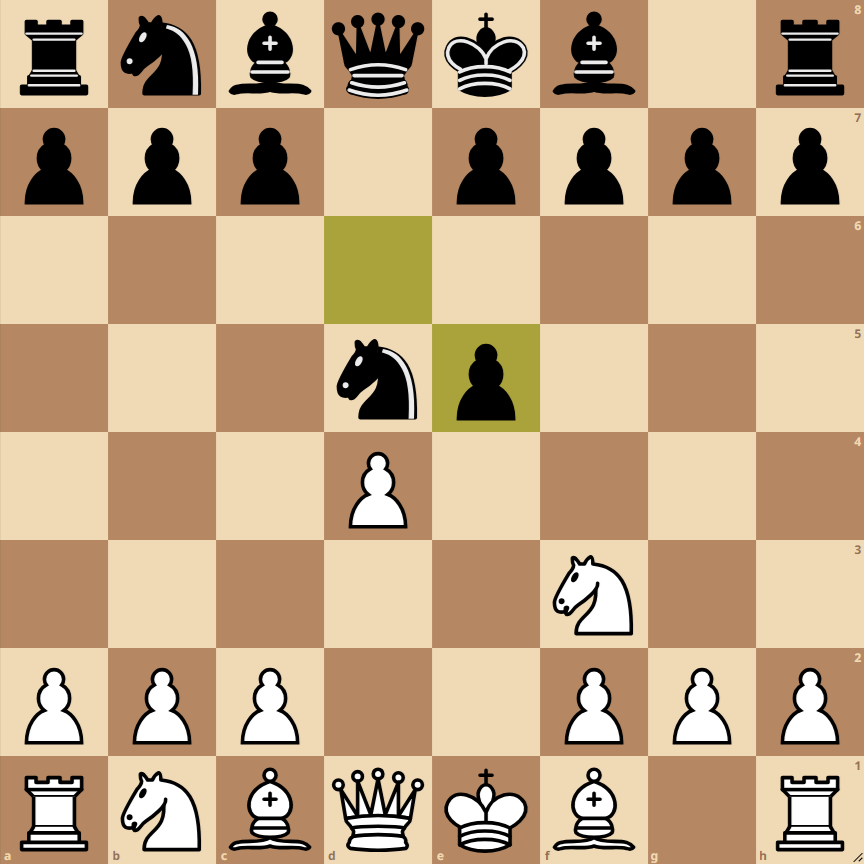How to Play the Alekhine Defense Modern Variation Larsen
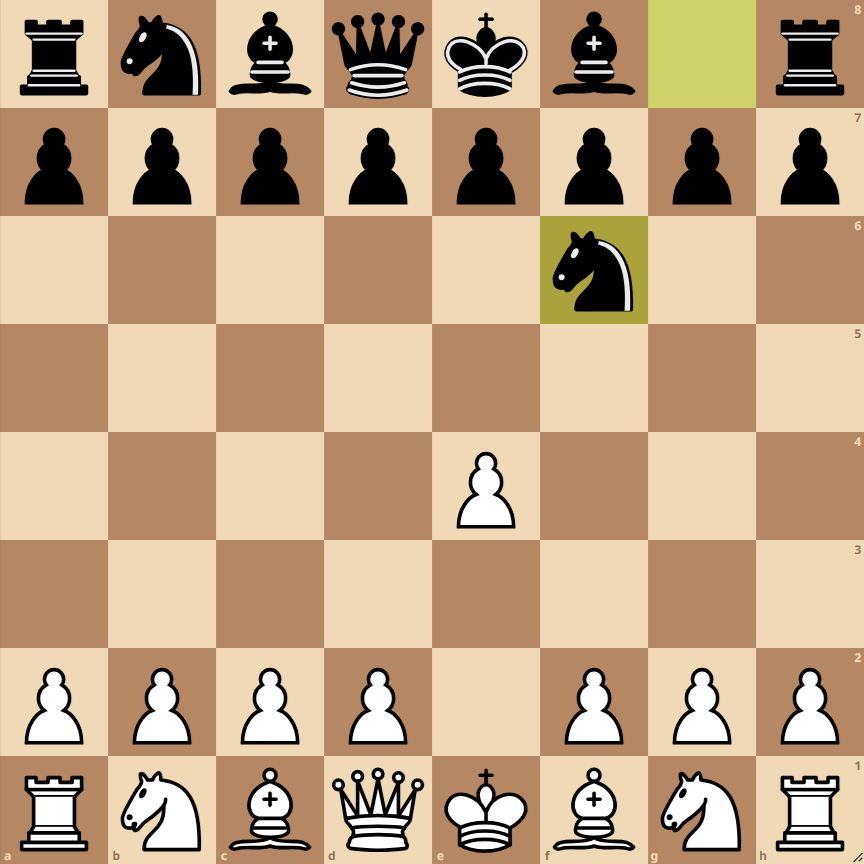
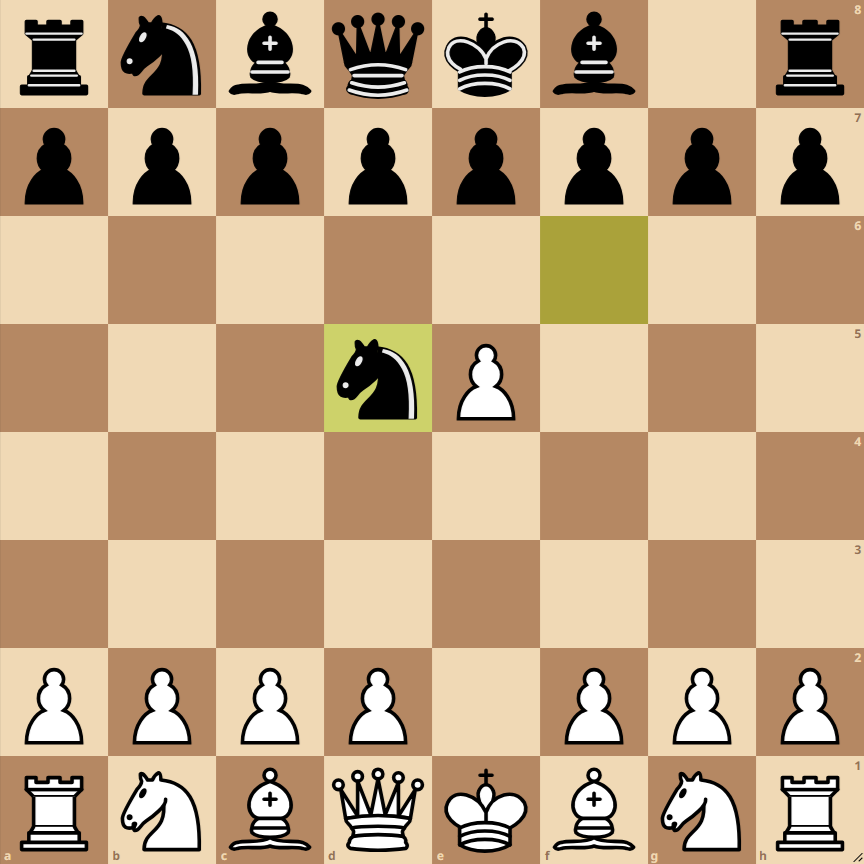
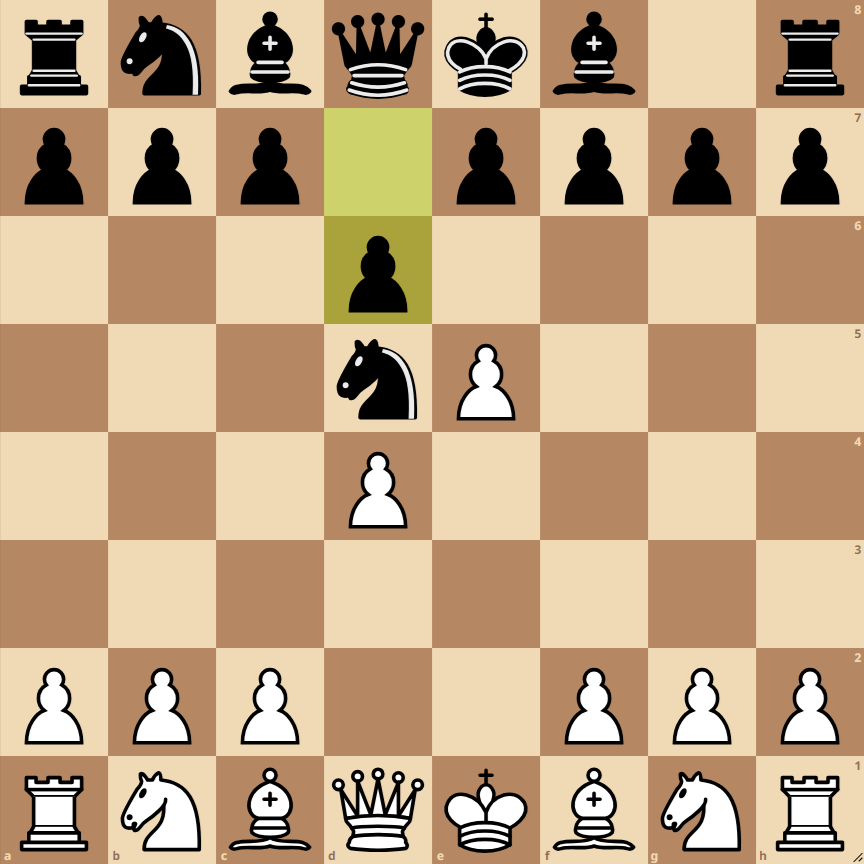
- 1. e4: White starts with the most popular move, gaining control of the center and opening lines for their pieces.
- 1… Nf6: Black responds with the knight to f6, attacking the e4 pawn and preparing the ground for the Alekhine Defense.
- 2. e5: White advances their pawn to gain space and displace the black knight.
- 2… Nfd5: The knight retreats to d5, a classic move in the Alekhine Defense that maintains pressure in the center.
- 3. d4: White solidifies their center and prepares the development of their minor pieces.
- 3… d6: Black seeks to break the white center and free their pieces.
- 4. Nf3: Knight development, attacking the e5 pawn and defending the d4 pawn.
- 4… dxe5: Black captures the pawn, aiming to balance the central structure.
Variations of the Alekhine Defense Modern Variation Larsen
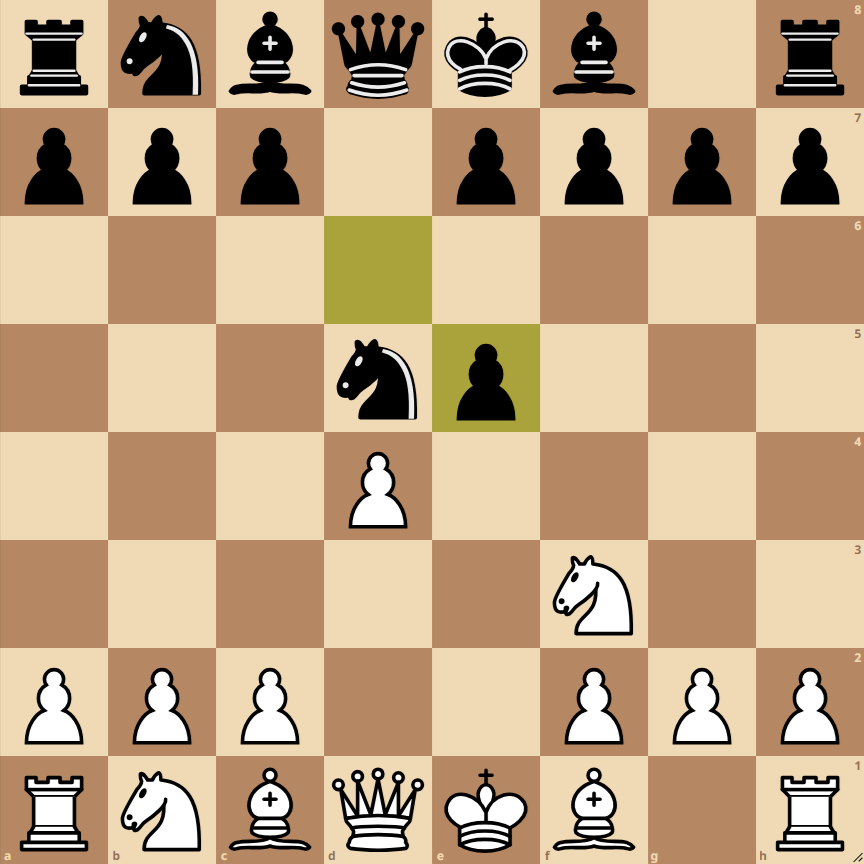
Advance Variation
After 1. e4 Nf6, White can opt for 2. e5, aiming to gain space and limit the activity of the black knight.
Four Pawns Variation
If White decides to be more aggressive, they can play 3. c4 and 4. f4, aiming for total dominance of the center and preparing a king-side attack.
Exchange Variation
A quieter option for White is 4. exd6, exchanging pawns and aiming for a more positional game.
Opening: Alekhine Defense, Modern Variation, Larsen Variation
Initial Moves:
e4 Nf6
e5 Nd5
d4 d6
Nf3 dxe5
Position Analysis:
In the Alekhine Defense, Black aims to provoke White’s pawn advances, hoping to create structural weaknesses and gain central ground later on. The Modern Variation, with 3. d4, consolidates White’s control of the center, while 4. Nf3 develops a piece and prepares the ground for future actions in the center and king’s side.
Strategy and Tactics for Both Sides:
White:
- Control of the Center: Whites should try to maintain and expand their control in the center. This can be done by advancing the d-pawn (dxe5) or developing more pieces, such as the bishop with c4, preparing for castling.
- Piece Development: It’s crucial to develop pieces quickly to leverage the spatial advantage and prepare offensive actions.
- King’s Side Attack: Depending on the pawn structure and the position of the black king, Whites might seek attacking opportunities, especially if Black delays castling.
Black:
- Counterplay in the Center: It’s essential for Black to counteract in the center. Moving the knight to e5 (Nxe5) can be an option to challenge White’s control and prepare the development of other pieces.
- Harmonious Development: Black should efficiently develop their pieces, ensuring not to lag behind in development.
- Pawn Structure: Black should be cautious with their pawn structure, avoiding unnecessary weaknesses that Whites can exploit.
Next Best Moves:
Nxe5: This move by the black knight recaptures the pawn and challenges White’s central structure while developing a piece to a more active position.
dxe5: Whites can choose this exchange, simplifying the center and possibly paving the way for quick development and actions on the king’s side.
c4: This advance aims to expand control in the center and prepares the way for the development of the light-squared bishop, further strengthening the center and control of key squares.
Conclusion:
The Alekhine Defense, Modern Variation, Larsen Variation, offers rich tactical and strategic opportunities for both sides. Whites enjoy more space and freer piece play, while Blacks seek to destabilize and counteract the White central structure. Choosing the right moves and harmonious piece development are key to capitalizing on advantages in this opening.

